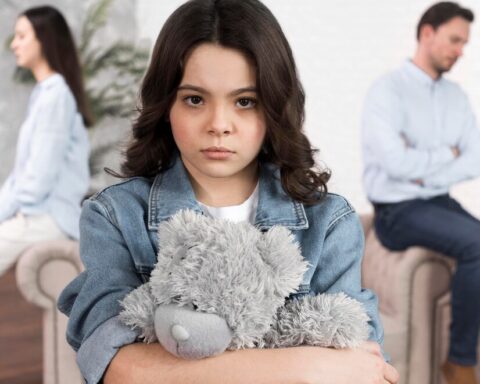In situations where a child’s safety, health, or development is seriously at risk, significant measures may be necessary to protect the child. Supervision and placement outside the home are legal instruments that a judge can use when the home environment is found to be unsafe or unstable. These measures are not taken lightly; they represent a last resort intended to ensure the child is in a safe and supportive environment. The entire process is based on a thorough assessment of the circumstances, with experts such as social workers, youth doctors, psychologists, and other specialists involved. The central principle is always the best interest of the child.
1. Definition and Purpose of Supervision and Placement Outside the Home
Supervision and placement outside the home are measures that are applied in extreme cases when the home can no longer guarantee the safety and development of the child. Supervision means that an external body – often a guardian or family manager – temporarily takes over the care of the child, while placement outside the home involves the child being placed in a protected environment, such as a foster family or an institution. The primary goal of both measures is to restore a safe and stable environment for the child, minimizing the negative influences of a problematic home situation.
2. Criteria and Risk Factors
The decision to implement supervision or placement outside the home is made when there are clear signals that the safety, physical health, or psychological development of the child is seriously threatened. Risk factors can range from violence, abuse, and neglect to severe neglect in areas such as nutrition, hygiene, or medical care. Situations involving chronic conflicts between parents, substance abuse, or severe mental health problems are also significant. These criteria are carefully weighed to ensure that the intervention is only applied if no less intrusive alternatives are available and when the existing circumstances pose an immediate threat to the child’s well-being.
3. Expert Assessment and Investigation
Before a decision is made regarding supervision or placement outside the home, a comprehensive, multidisciplinary assessment takes place. Experts such as social workers, youth doctors, and child psychologists are involved to gain an objective view of the family situation. These professionals conduct thorough investigations, including home visits, conversations with the child and parents, and the collection of relevant medical and social data. The goal of this investigation is to determine the level of risk and the urgency of the situation so that a well-considered and proportional decision can be made. The investigation plays a crucial role in the final decision of the court.
4. Legal Decision-Making and the Best Interest of the Child
Based on the comprehensive expert assessments and collected data, the court makes a decision that always prioritizes the best possible interest of the child. The judge carefully weighs the risks and determines whether supervision or placement outside the home is justified. This decision considers not only the current situation but also the possibilities for restoring and improving the home environment. If the circumstances are such that the child needs to be temporarily or permanently protected, the judge may decide on a measure that ensures the child can grow up in a safe environment, while efforts are made to restore family bonds and the potential return of the child to the parental home if it can happen responsibly.
5. Implementation and Cooperation with Parents
Although the primary focus is on protecting the child, the decision-making process also considers the role of the parents in the recovery process. In cases of supervision, a supportive program is often put in place, where the parents are actively involved in restoring the home situation. The aim is for them to learn how to care for their child in a safe and supportive manner so that the child can eventually grow up in a family environment again. In cases of placement outside the home, attention is also given to the possibility for the parents to gradually create a safe and stable environment, with support from relevant agencies. This joint effort is essential to restore the relationship between the parents and the child, if possible, and to provide the child with as normal a life as possible.
6. Long-Term Effects and Evaluation of the Measures
Supervision and placement outside the home are not permanent solutions but temporary measures aimed at restoring a safe environment for the child. It is therefore important that the situation is regularly evaluated by the involved agencies and the court. Evaluations ensure that the measures can be relaxed or terminated when the home situation improves and the child can be placed in a stable environment again. The long-term effects of these measures on the child’s development are closely monitored so that timely adjustments can be made. The ultimate goal is always to restore a safe and supportive environment in which the child can develop optimally, and in which the involved parents, if possible, can play a meaningful role in the upbringing.


